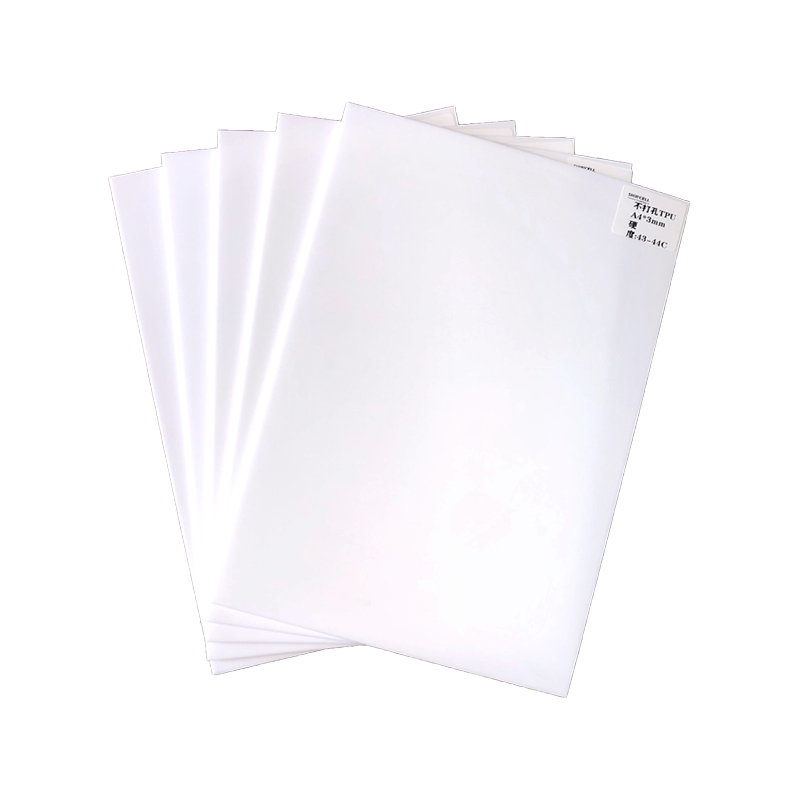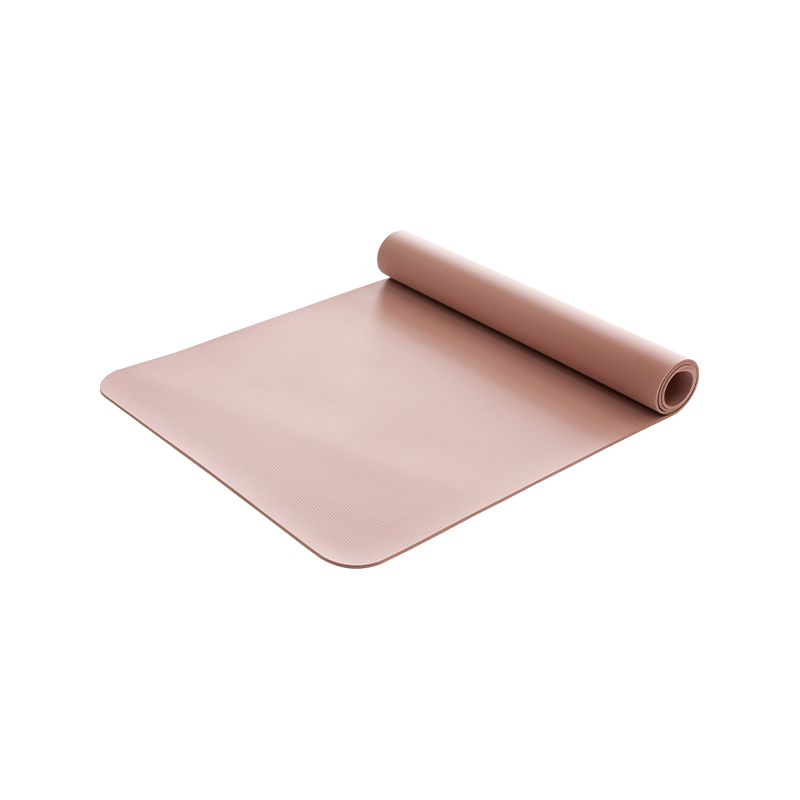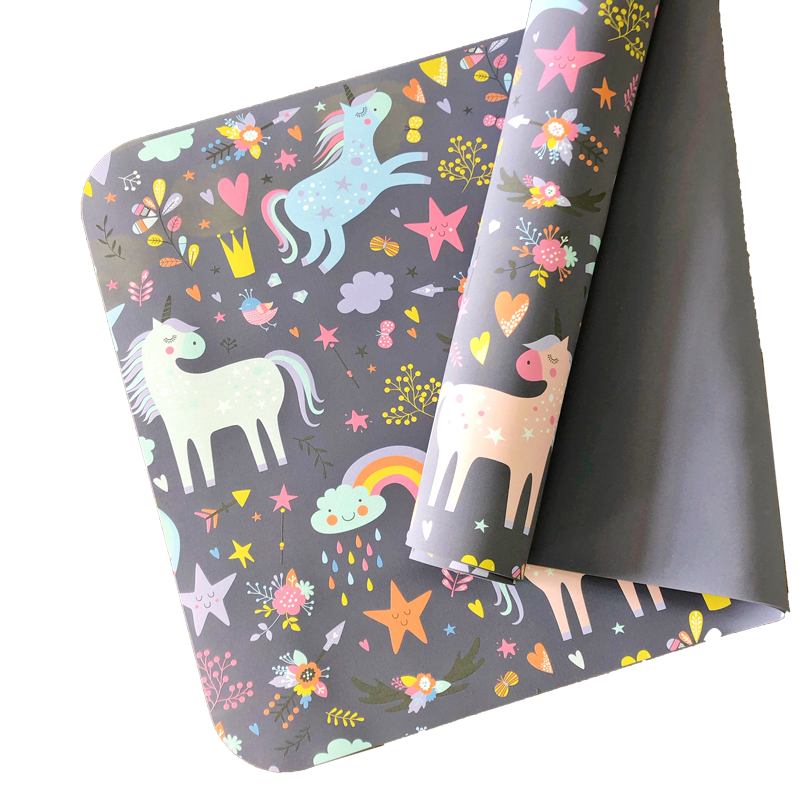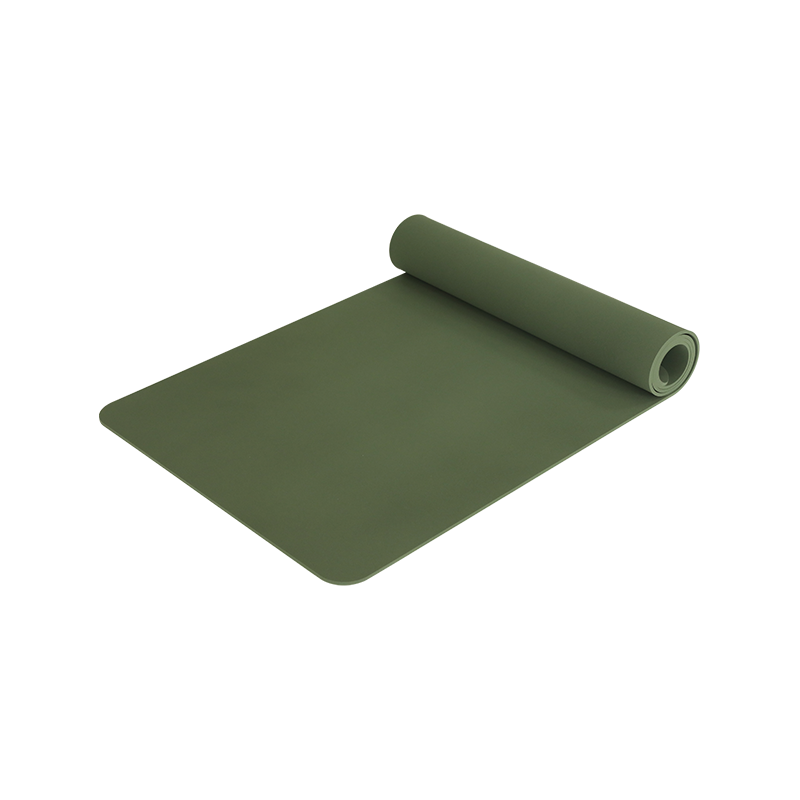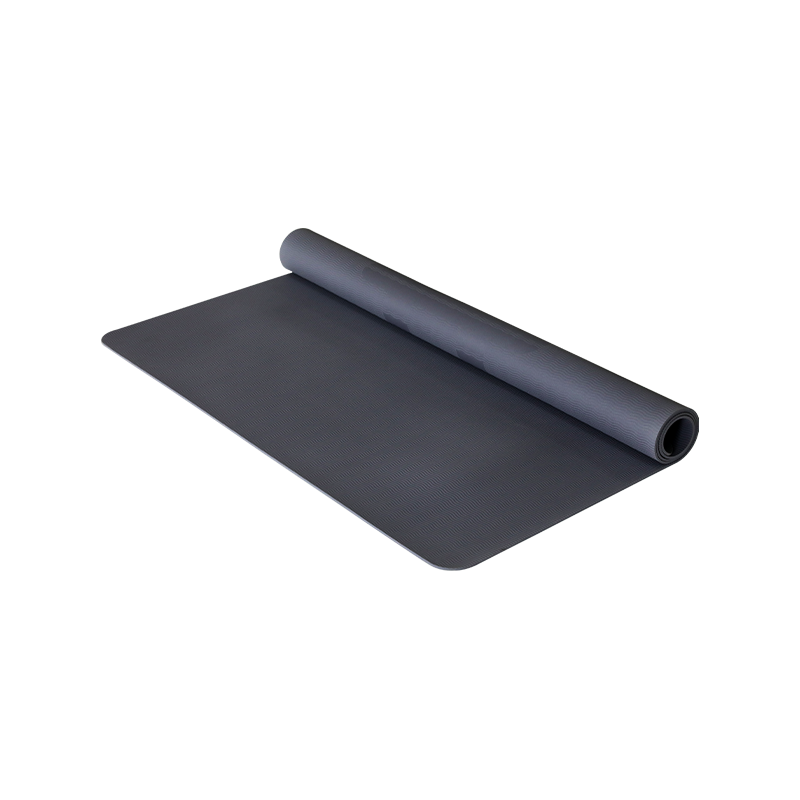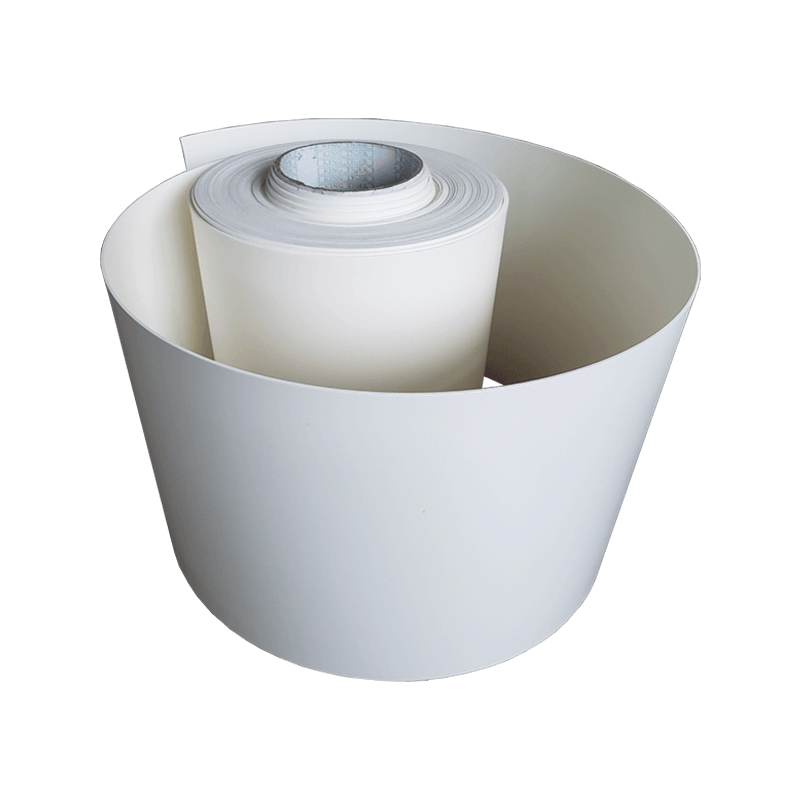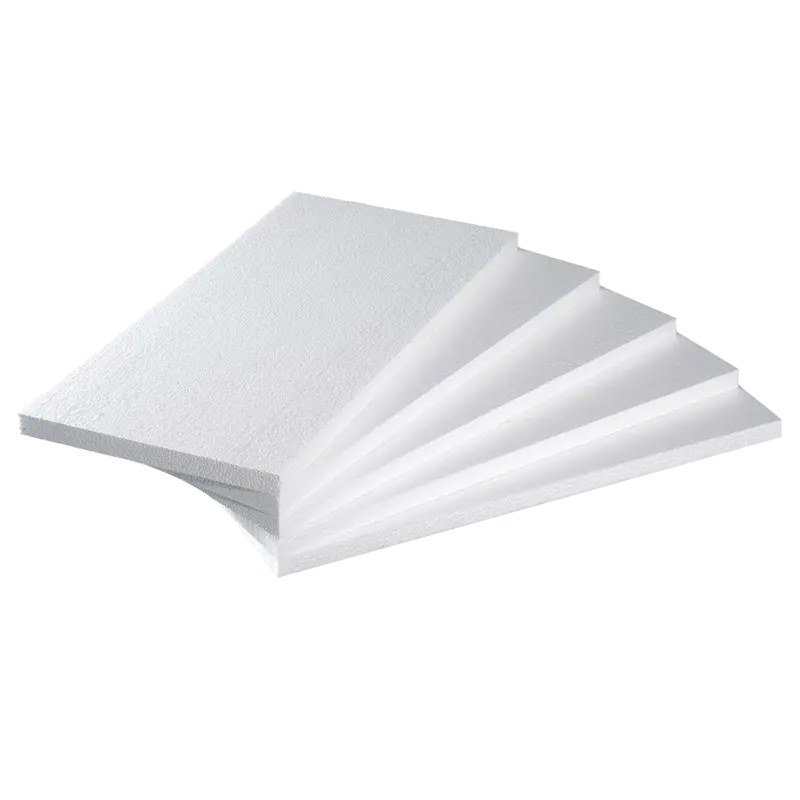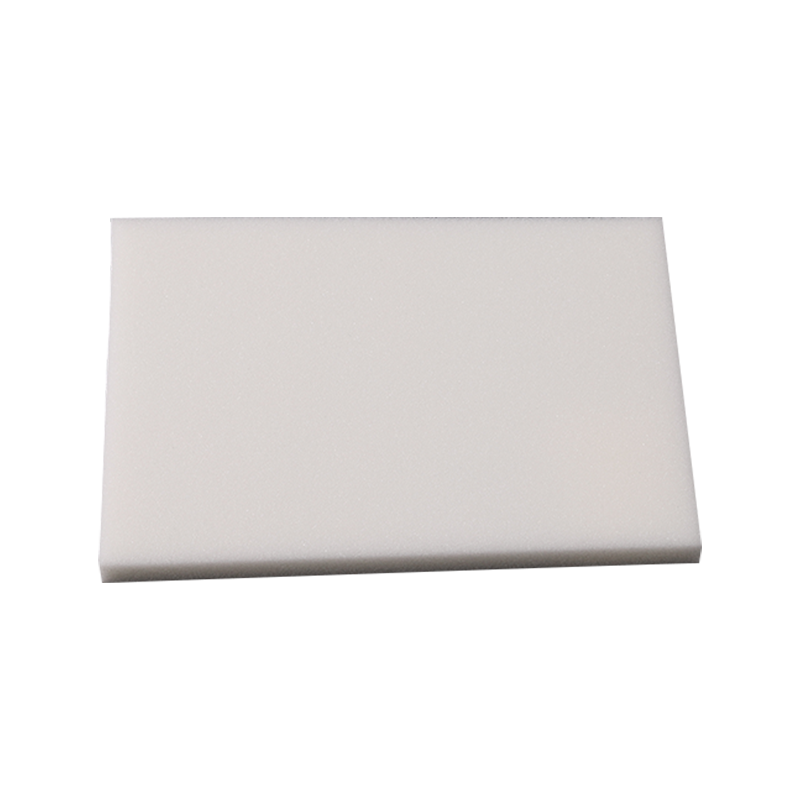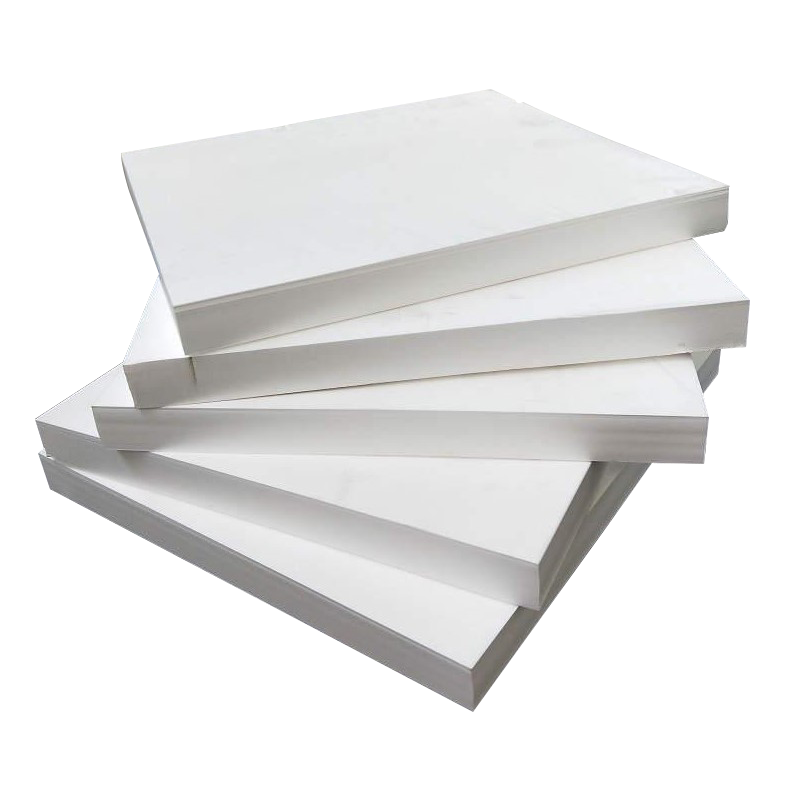Home / News / How does supercritical fluid foaming reshape the performance boundary of microporous aliphatic TPU foam?
In application scenarios such as sports shoe midsoles and automotive cushioning materials, traditional foam materials face performance bottlenecks: EVA materials have insufficient rebound performance, aromatic TPU materials have poor yellowing resistance, and the use of physical foaming agents often leads to uneven cell size and decreased mechanical properties. The research and development of M-ATPU foam aims to achieve the unity of lightweight, high rebound and yellowing resistance through molecular structure optimization and process innovation. As the core process, supercritical fluid foaming technology has the following core values:
Molecular structure regulation: nano-level regulation of cell size through physical foaming agents;
Process stability: avoid material performance degradation caused by chemical foaming agent residues;
Performance breakthrough: provide materials with higher energy feedback efficiency and anti-fatigue performance.
Supercritical carbon dioxide (scCO₂) has the dual characteristics of gas and liquid:
High diffusivity: In the supercritical state (temperature ≥31.1℃, pressure ≥7.38MPa), the viscosity of CO₂ is close to that of gas, and the diffusion coefficient is 100 times that of liquid, which can quickly penetrate into the TPU melt;
High solubility: The solubility in the TPU matrix increases significantly with the increase of pressure, providing uniform nucleation sites for bubble nucleation;
No residue: CO₂ completely evaporates after decompression, avoiding the influence of chemical foaming agent decomposition products on material properties.
The supercritical fluid foaming process requires precise control of three major process parameters:
Foaming temperature: It needs to be higher than the glass transition temperature (Tg) of TPU, but lower than its melting point to ensure that the melt has appropriate viscoelasticity;
Foaming pressure: The solubility of CO₂ in TPU is controlled by pressure. The higher the pressure, the greater the density of bubble nucleation;
Pressure release rate: Rapid pressure release causes bubble growth, too slow a rate causes bubble merging, and too fast a rate causes material rupture.
Technical key: Through the coordinated optimization of the process window, the nano-scale control of the pore size (10-50μm) is achieved, while maintaining the integrity and mechanical properties of the pore wall.
Traditional chemical foaming agents (such as azodicarbonamide AC) have three major defects:
Residue effect: decomposition products (such as urea and amines) will reduce the thermal stability and mechanical properties of the material;
Uneven pore size: The gas release rate is difficult to accurately control, resulting in a pore size variation coefficient (CV value) as high as 15%-20%;
Process complexity: Auxiliary additives (such as zinc oxide and urea) need to be added to control the decomposition rate, increasing the process cost.
Supercritical CO₂ foaming realizes pore nucleation and growth through a physical process, completely avoiding the defects of chemical foaming agents:
Zero residue: There is no residue after CO₂ volatilization, and the material performance is stable;
High uniformity: The coefficient of variation (CV value) of pore size can be controlled within 5%;
Process controllability: Through the precise control of temperature, pressure, and pressure relief rate, the customized design of pore structure is realized.
The nano-scale pore structure gives the material unique mechanical properties:
High resilience: The elastic deformation of the pore wall realizes energy storage and release, and the energy feedback efficiency can reach more than 75%;
Anti-fatigue performance: The uniform pore structure avoids stress concentration, and after 500,000 compression cycles, it still maintains an initial rebound rate of more than 90%;
Lightweight advantage: The pore density reaches 106-107/cm³, and the density can be as low as 0.1g/cm³, which is more than 30% lighter than traditional EVA materials.


 English
English
 Español
Español

 ++86-0512-66079229
++86-0512-66079229
